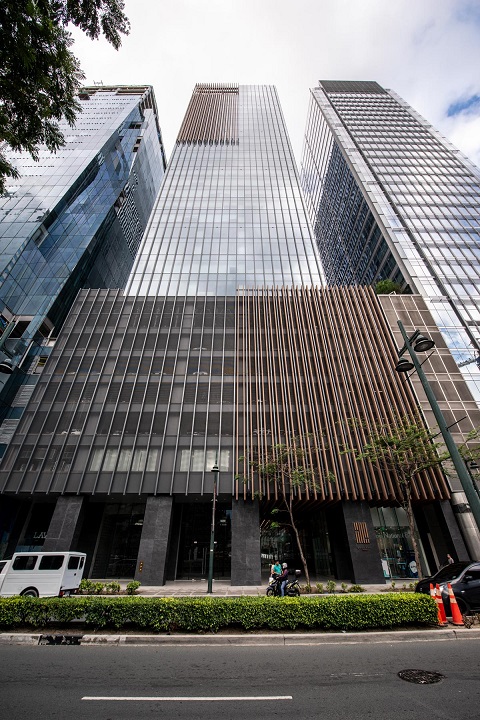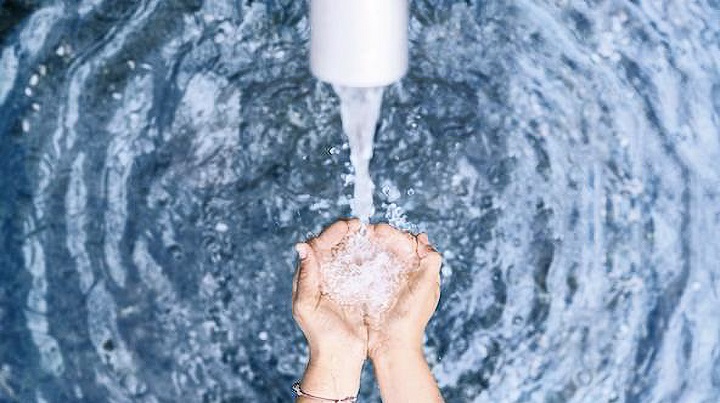In 1993, the American Institute of Architects, through the Green Building Council, standardized how buildings can be designed, built, and operated so the environment and personal wellbeing are not compromised. Today, many countries in the world have their own set of green building standards.
“You also have WELL certifications; you have a lot happening in the area of green buildings. Climate change is not something that governments and leaders or individuals alone can handle, the private sector is a very big part of this picture, to actually drive the change that we want to see in the world today,” says LIXIL’s Corporate Responsibility Lead Priyanka Tanwar.
Since 2014, the WELL building standards and certification has been helping developers and designers create spaces that advance human health and well-being. WELL complements LEED in creating a framework for better-performing buildings. The first Philippine WELL building, Menarco Tower, was certified Gold in 2019. Today, there at least thirty more in the pipeline.

“People often ask me what’s the difference between WELL and LEED or WELL and Green Star. I usually use water as an example. I’ll say: LEED or Green Star looks are water efficiency, how you can save water, while WELL looks at water quality—how you can use water safely and healthily. Both are important. It’s just that we are looking at things from different angles. Focusing on health, wellbeing, and safety will lead to more efficient water use or water conservation,” says Jack Noonan, Vice President of the International WELL Building Institute (IWBI) for the Asia Pacific. “Any WELL-certified building has had its water tested. We know it is safe. So, if you go to Menarco Tower, for example, you know the water coming out of that pipe is safe to drink.”
In the arena of water conservation, WELL puts forward an often-overlooked intervention: drink tap water; although, this comes with a caveat: drink from the tap when it is safe to do so. “We spend millions of dollars for water treatment and distribution only for water not to be used for drinking and not fit for human consumption, which renders the entire system unsustainable. So, maintaining water quality until the tap and actually drinking the water from the tap are crucial to water conservation because it makes everyone vigilant about the water flow system and reduces the need for plastic bottled water,” adds Noonan. The water used in producing a bottle may be more than the water it can contain. The emissions generated by its transport may be avoided altogether.
Reducing the use of bottled water or, even better, banishing it, will require changes in consumer behavior and corporate policies. A new generation has grown up in a world where climate change is making headlines. National commitments and pledges to go carbon neutral within this century have been made. Consumers are becoming more cognizant of their impact on the environment by adjusting their lifestyles, and are selecting spaces and products that align with their values. Private companies are also doing their share.
“We are happy to share that GROHE a, which is one of our brands at LIXIL is now produced at plants, all of which across the world are carbon neutral. So, each of our fittings plants are completely carbon neutral in line with LIXIL’s environmental vision of 2020, which is focused on carbon neutrality and reducing the use of plastics,” says Tanwar. “We follow the United Nations Global Compact guidelines, right from procurement to the entire manufacturing process. Not only do we have carbon neutrality at our plants. We use about 50% of renewable electricity. And wherever possible, we recycle resources like water. We are concerned about what kind of plastics or resources are used in packaging.”

Moreover, GROHE has officially entered the circular economy by achieving Cradle to Cradle (C2C) Gold certifications for four of their products—three faucets (GROHE BauEdge S-Size, GROHE Eurosmart S-Size, GROHE Eurosmart Kitchen) and the GROHE Tempesta shower rail set. In contrast to a linear model, C2C reduces the use of new resources through designing and manufacturing with the intent of using its components in its end-of-life-phase for the creation of new products. In short, components of older
Climate action since the first Earth Day was celebrated in 1970 has been mapped and measured, with many standards now available to tell companies, governments, and communities how they are doing on multiple fronts—environmental, social, and governance. Achieving sustainability is no longer an abstract aspiration, but one that requires commitment to meet science-based targets. Many companies, with the guidance of organizations like WELL and C2C, are doing their part to make sure there is still a world to call home in the years to come.

